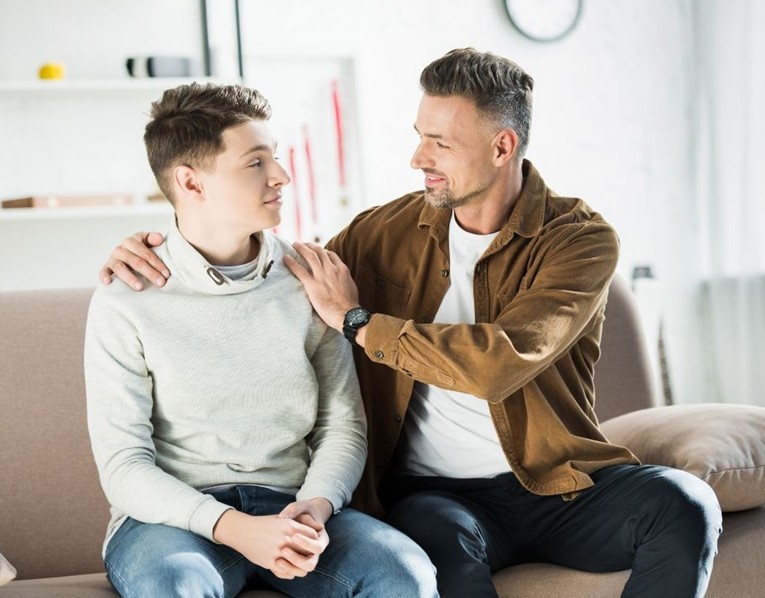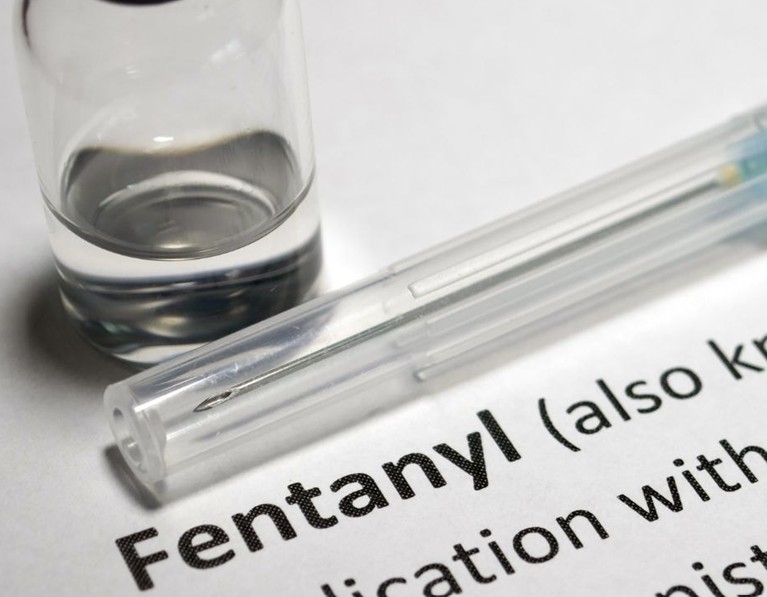The fentanyl crisis has become a thorn in the side for many people over the last few years. This public health emergency has brought about devastating consequences for families across the United States. Fentanyl deaths continue to rise, and many of these fatal overdoses involve young people.
The Drug Enforcement Administration (DEA) has repeatedly warned that just a few grains of fentanyl can be deadly, and counterfeit pills containing this synthetic opioid continue to be distributed through social media platforms, often disguised as legal medications.
This article will provide strategies to help parents and caregivers talk about the dangers, participate in overdose prevention, and join efforts to raise awareness of the lives lost to this dangerous drug, especially in connection with initiatives like Fentanyl Awareness Day.
Why Fentanyl Is So Dangerous for Teens
Fentanyl is a powerful synthetic opioid that is up to 50 times stronger than heroin and 100 times more powerful than morphine. Just a small dose, like two milligrams, roughly the size of a few grains of table salt, can be fatal. Most teens do not realize that they are taking fentanyl. It is often found in fake prescription pills made to look like Xanax, Oxycodone, Percocet, OxyContin, or Adderall. Many of these fake pills are sold through social media platforms like Snapchat or Instagram.
According to the DEA in recent years, illicit fentanyl is now the leading cause of drug-related deaths among individuals aged 18 to 45 in the U.S. Teens experimenting with substances may believe they’re taking a legitimate painkiller or anti-anxiety medication, unaware that the pill is counterfeit and laced with a lethal dose of fentanyl. The result? A sharp rise in fentanyl poisonings, overdose incidents, and fatal outcomes, even among first-time users. This growing crisis highlights the urgent need for awareness, education, and prevention.

Signs To Watch Out For: Fentanyl Use and Overdose
Recognizing the signs of opioid use and overdose can save lives. Fentanyl affects the central nervous system, leading to dangerously slow breathing and heart rate. Someone experiencing an overdose may display the following symptoms:
- Pinpoint pupils
- Slow or shallow breathing
- Cold or clammy skin
- Limp body
- Unresponsiveness or unconsciousness
Individuals experiencing these symptoms may require immediate medical attention. If you suspect you have an overdose, call emergency medical services or administer naloxone, which is also popularly known as Narcan. This medication helps reverse the effects of opioids.
Overdose prevention starts with education, awareness, and preparation. Schools and community centers should provide additional resources and training on how to use naloxone.
How to Start the Conversation With Your Teen
Talking to teens about drugs, especially something as dangerous as fentanyl, can feel overwhelming. But open, honest dialogue remains one of the most powerful tools for prevention. Here’s how to approach the conversation in a way that builds trust and understanding:
Start Early and Stay Calm
Begin conversations about drugs and addiction before your teen encounters them through peer pressure or social media. Use current events, such as National Fentanyl Awareness Day or local news stories, as natural conversation starters.
Be Honest About The Risks
Share clear, accurate information about fentanyl poisoning, fake prescription pills, and the rise in overdose deaths. Emphasize that the danger isn’t just about long-term addiction, just one pill, taken unknowingly, can be deadly. Let your teen know that many victims weren’t habitual users, but simply made one uninformed choice.
Address the Role of Social Media
Help your teen understand how social media platforms have become a channel for selling counterfeit drugs. Explain that dealers often use code language, emojis, and disappearing messages to target young users.
Encourage Questions and Ongoing Talks
This is not a one-time conversation. Let your teen know they can come to you with questions or concerns, without fear of judgment. Invite them to explore credible resources with you and keep the dialogue open as they grow and encounter new experiences.

Tools, Resources, and What to Do in a Fentanyl Crisis
Being prepared with the right tools and knowledge can make a life-saving difference. Here are the key steps every household should take:
- Get Naloxone: It’s available at pharmacies in most states without a prescription. It is also fast-acting and easy to use.
- Learn to Spot Fake Pills: Teach your teen never to take medication that wasn’t prescribed by a doctor. Many counterfeit pills look identical to legitimate ones but may contain lethal doses of fentanyl.
- Connect With Local Services: Many communities offer addiction treatment and recovery programs. Public schools, local health departments, and elected officials are increasingly involved in providing overdose prevention resources.
- Use Online Resources: Agencies like the DEA and SAMHSA provide trusted information, guides, videos, and real-life stories to help families recognize dangers and talk openly about fentanyl.
How Communities Can Raise Awareness and Support Prevention
Raising awareness is a shared responsibility. Every family, school, and community group has a role to play in reducing fentanyl-related deaths and preventing overdoses. Here’s how we can come together:
- Support National Campaigns: Participate in events like National Fentanyl Awareness Day to show solidarity and spread awareness.
- Educate Through Media: Share accurate, age-appropriate information through school assemblies, newsletters, and social media.
- Engage Youth Voices: Let teens help in leading the prevention efforts. Peer education can be incredibly effective.
- Push for Policy Change: Advocate for stricter laws against the distribution of fake pills and improve access to treatment as well as prevention services.
- Hold Safe Spaces: Community centers, churches, and schools can serve as places where youth can learn and grow away from the influence of drugs.
The Sinaloa cartel in Mexico and other international traffickers continue to smuggle large amounts of fentanyl across borders, leading to the opioid crisis. They often mix it with cocaine, methamphetamine, or other substances without the knowledge of the users. This means that the risks are not just tied to buying opioids. Any street drug can be contaminated. Community-wide education can help prevent further loss of life.
Conclusion
The threat of fentanyl is not distant. It is in our neighborhoods, schools, and phones. While the statistics are alarming, we are not powerless. As parents, educators, and community members, we can have meaningful, informed conversations that can protect our teens from tragedy. By staying alert to the signs, preparing for emergencies, and making joint efforts to raise awareness through events like National Fentanyl Awareness Day, we can take an active step in the fight against the devastating crisis of drug overdose deaths.
If you or someone you love is struggling with substance use, several Riverside addiction treatment centers offer compassionate, evidence-based care. Recovery is possible, and no one should have to face the fentanyl crisis alone.




